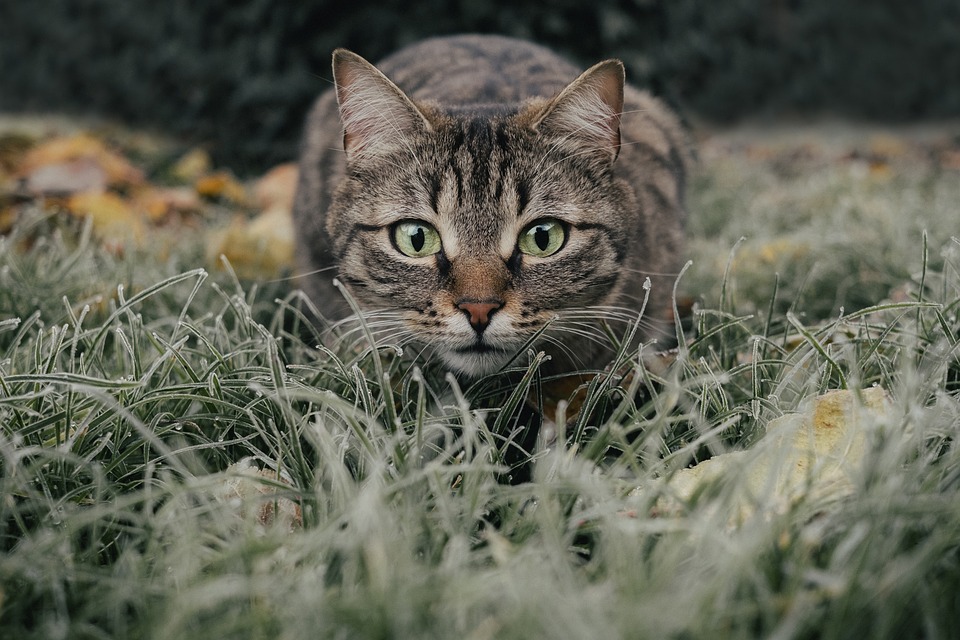Understanding Feline Obesity: Strategies for Effective Weight Management
Introduction:
The rising concern of feline obesity has become a significant issue in recent years. With more and more cats becoming overweight or obese, it is crucial to understand the importance of maintaining a healthy weight for our feline friends. Implementing effective weight management strategies is essential to ensure their well-being and longevity.
I. Causes and Consequences of Feline Obesity:
A sedentary lifestyle and lack of exercise are primary contributors to feline obesity. Cats that spend most of their time indoors without engaging in physical activities are more prone to weight gain. Additionally, overfeeding and improper diet choices can lead to excessive calorie intake, resulting in obesity. Some cats may also have a genetic predisposition to gaining weight more easily than others. The consequences of obesity on a cat’s health and well-being can be severe, including an increased risk of diabetes, arthritis, heart disease, and a shortened lifespan.
II. Assessing Your Cat’s Weight:
To determine if your cat is overweight, it is important to be familiar with the ideal weight ranges for different cat breeds. Body condition scoring is a practical tool that allows owners to evaluate their cat’s weight by assessing factors such as the ability to feel the ribs and the presence of a defined waistline. Signs indicating feline obesity include difficulty in grooming, excessive fat deposits, and a lack of energy.
III. Strategies for Effective Weight Loss:
Consultation with a veterinarian is crucial when designing a weight loss plan for your cat. They can assess your cat’s overall health, recommend an appropriate diet, and provide guidance on exercise plans. A balanced diet with portion control is essential for weight management. Feeding your cat a nutritionally balanced, calorie-controlled diet can help them shed excess weight. Incorporating regular exercise and playtime is also vital. Engaging your cat in interactive play sessions using toys or laser pointers, encouraging climbing on cat trees, or providing puzzle toys that require physical activity can aid in weight loss. It is important to avoid excessive treats and table scraps, as they can contribute to weight gain.
IV. FAQs about Feline Obesity and Weight Management:
1. Q: How can I determine if my cat is overweight?
A: Look for signs such as difficulty in grooming, an inability to feel the ribs, and a lack of waist definition.
2. Q: Can cats safely follow a weight loss diet meant for dogs?
A: No, cats have unique dietary requirements, and a veterinarian should recommend a suitable weight loss diet specifically designed for cats.
3. Q: How can I regulate my cat’s portion size?
A: Use a measuring cup to ensure accurate portion control and follow the feeding guidelines provided by your veterinarian or pet food manufacturer.
4. Q: Are there any specific exercises that can help my obese cat lose weight?
A: Engage your cat in interactive play sessions using toys or laser pointers. Encourage climbing on cat trees or provide puzzle toys that require physical activity.
5. Q: Is it necessary to consult a veterinarian for weight management?
A: Yes, a veterinarian can assess your cat’s overall health, provide guidance on appropriate diet and exercise plans, and monitor progress during the weight loss journey.
6. Q: How long does it take for a cat to reach a healthy weight?
A: Weight loss should be gradual to ensure your cat’s well-being. On average, cats can lose 1-2% of their body weight per week until reaching their target weight.
Conclusion:
Understanding the causes and consequences of feline obesity is crucial for effective weight management. By following a veterinarian-approved weight loss plan, providing a balanced diet, and encouraging regular exercise, we can help our cats maintain a healthy weight and improve their overall well-being. It is essential to prioritize our feline friends’ health and take the necessary steps to prevent and manage obesity.








